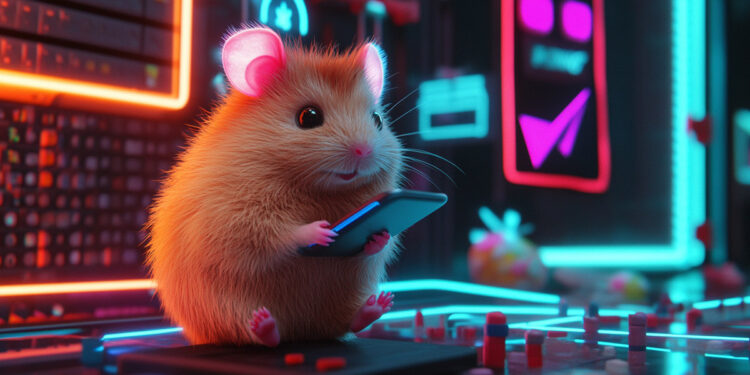Over the years, gaming on blockchain has often taken a back seat compared to innovations in Web3, but 2024 marked a turning point as its immense potential finally came to light.
This article explores the rise of GameFi, demystifies the play-to-earn (P2E) model, and recalls significant milestones in this once-niche market.
The Genesis of Blockchain Gaming: CryptoKitties and Axie Infinity
Blockchain gaming sought mainstream recognition, but nothing truly resonated until the launch of CryptoKitties in 2017.
Built on the Ethereum blockchain, CryptoKitties allowed players to buy, breed, and trade unique NFT cats, each featuring distinct visual traits. Despite its simplistic gameplay, it captured users’ attention and investment, particularly after its beta launch in November 2017.
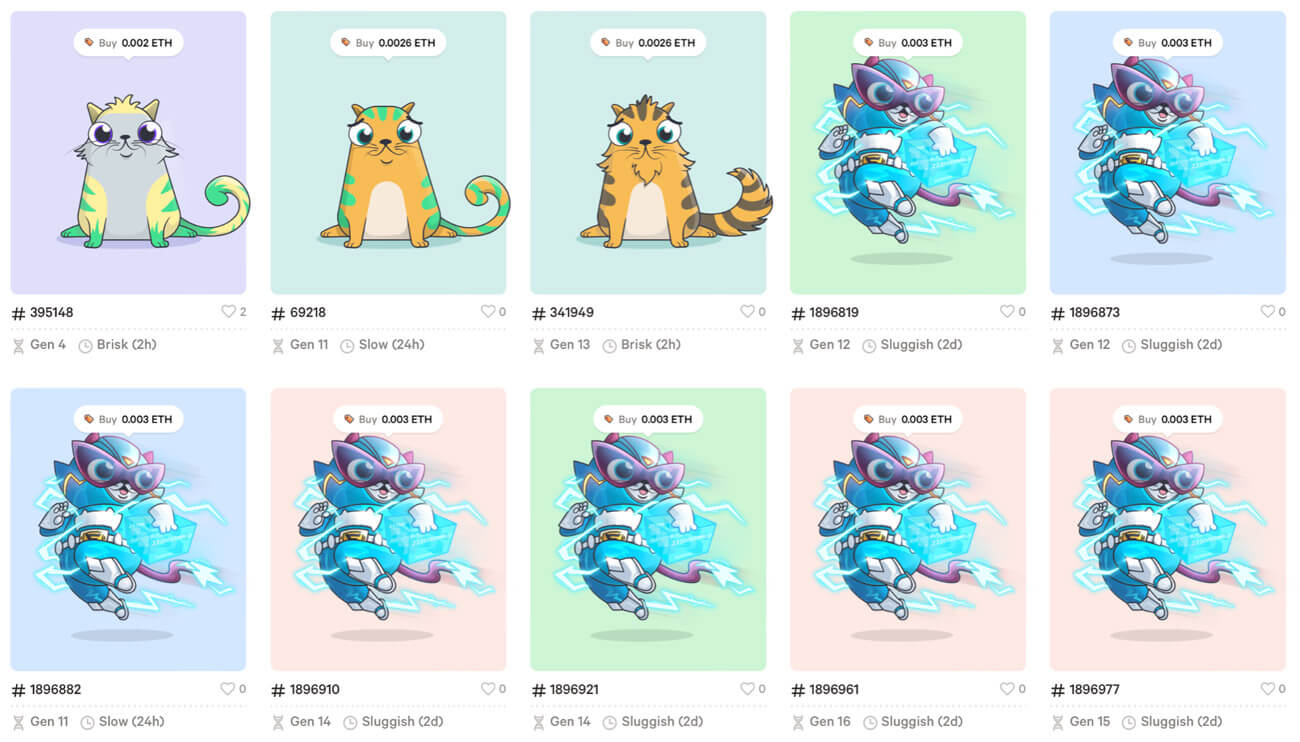
Just weeks later, the community was stunned as a rare cat known as Genesis was sold for 247 ETH, nearly $117,000. By the following year, game developer Dapper Labs successfully raised $12 million, solidifying its impact on the gaming landscape.
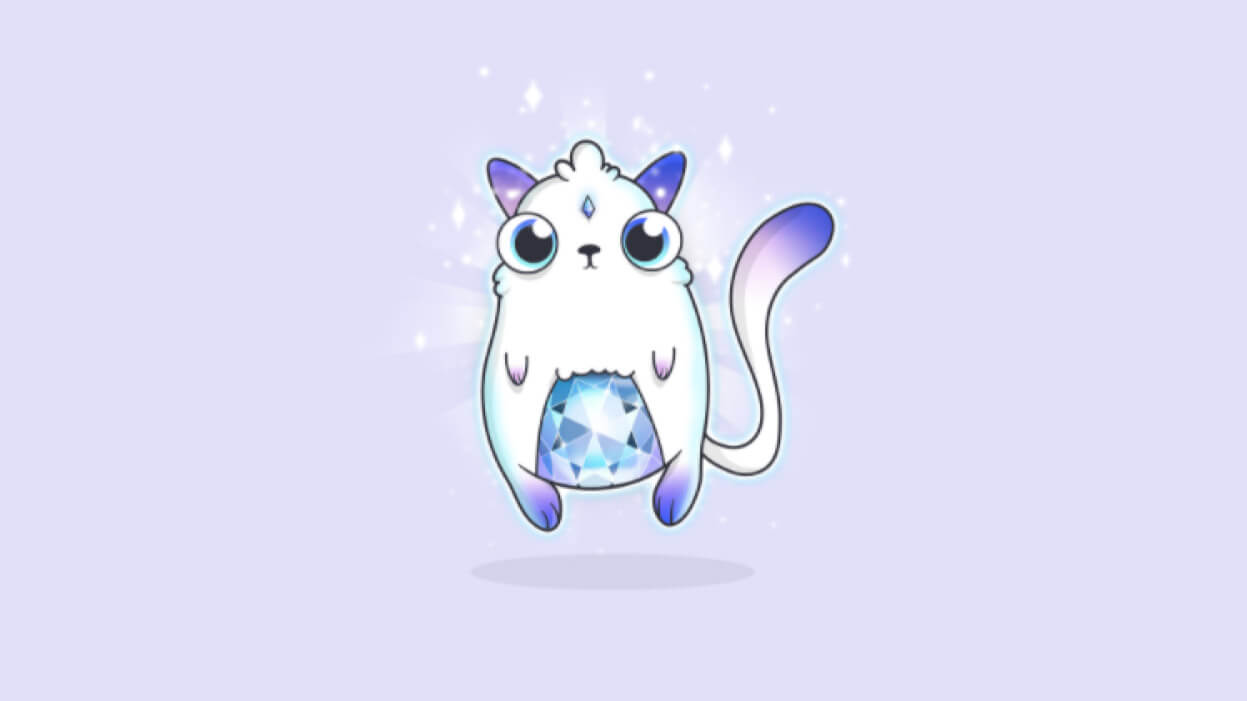
By 2018, CryptoKitties had seen over a million cats created, with over 3.2 million transactions, even collaborating with celebrities and art institutions.
However, by 2022, its popularity plummeted to fewer than 100 sales a day, with total sales under $10,000. While CryptoKitties may have faded, it provided a vital foundation for the evolution of GameFi.
Meanwhile, one of CryptoKitties’ creators, Nguyen Thanh Trung, was developing a game that would catalyze the crypto clicker trend: Axie Infinity.
Axie Infinity introduced a competitive gameplay experience, drawing inspiration from classic games like Final Fantasy Tactics. It established a robust in-game economy on Ethereum, allowing players to engage in a marketplace for their earned resources.
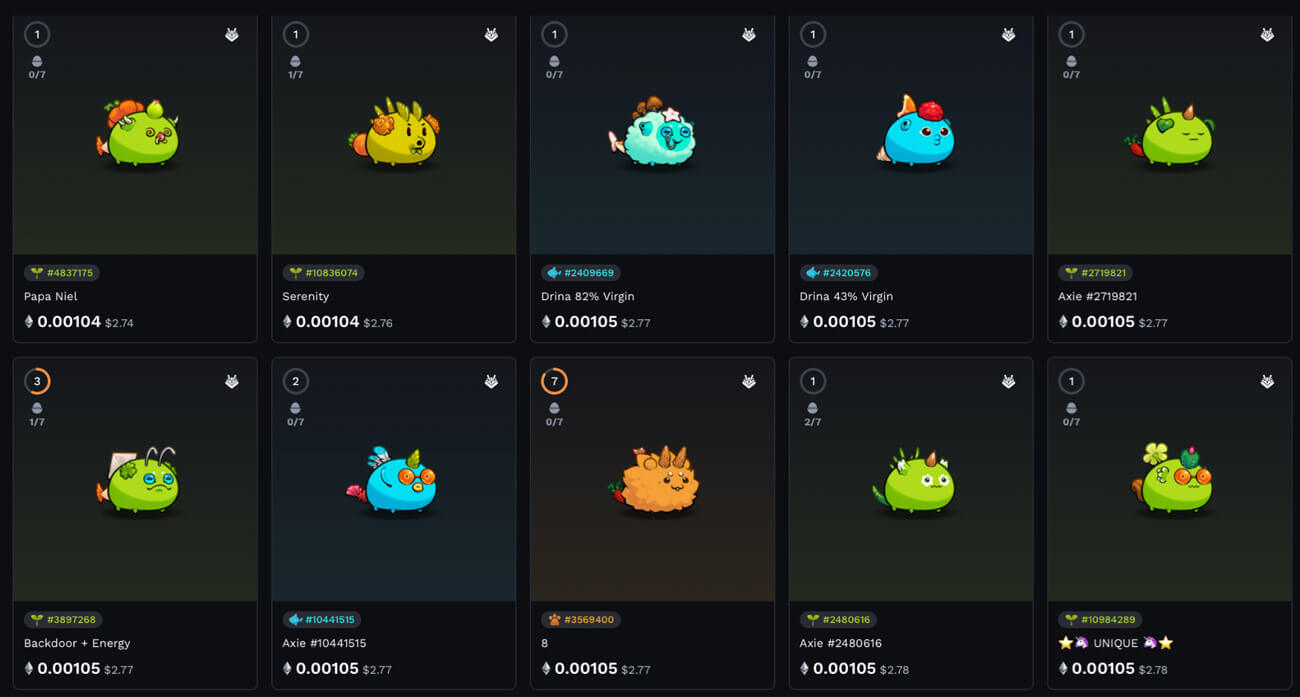
At the same time, The Sandbox was gaining traction within the community by allowing players to create in-game items and sell them for a game-specific cryptocurrency.
Despite their ups and downs, these games were instrumental in establishing the P2E model, characterized by player-owned economies supported through NFTs and tokens.
The concept became increasingly appealing during the 2021 bull market, attracting attention from major gaming developers like Ubisoft and Electronic Arts.
However, this surge led to backlash, contributing to a downturn in GameFi until 2024, as criticism grew over perceived profit-driven models against traditional gaming principles focused on fun and contribution.
The Revival of Crypto Gaming Through TON
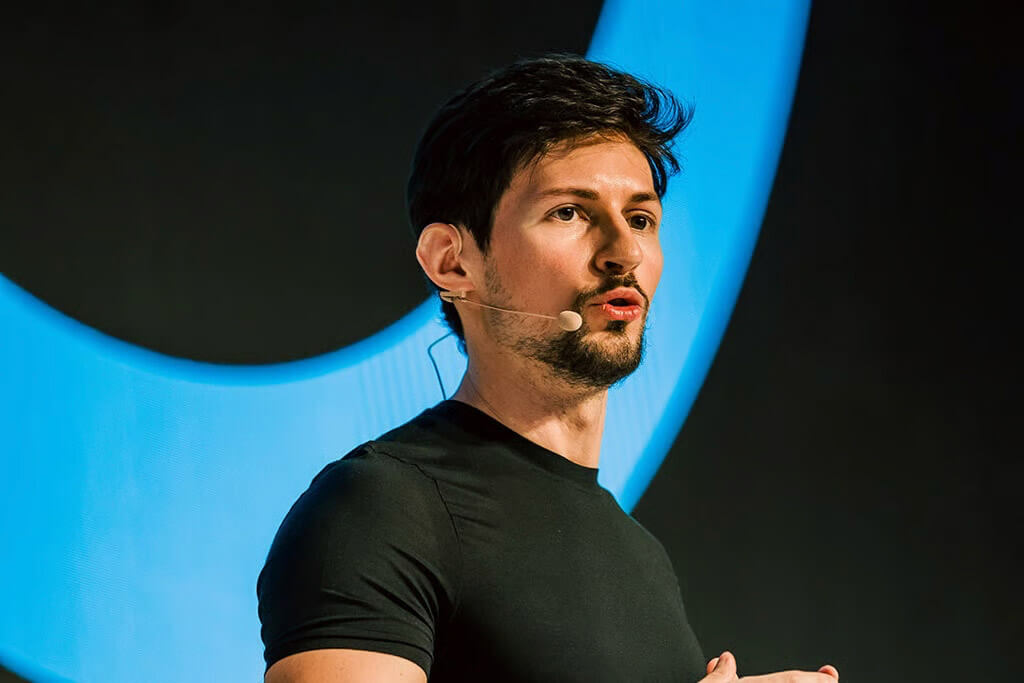
As of early 2024, GameFi remained largely overlooked until The Open Network (TON) emerged, providing a platform primed for the development of dApps directly within Telegram. This unwound new possibilities for P2E experiences.
The standout contribution from TON has been Notcoin, released in November 2023 as a Telegram-exclusive beta game by Open Builders. Players could earn coins by tapping on a yellow coin icon on their screens, completing the simplicity of its core mechanic with enticing boosts like bonuses and unique backgrounds.

Notcoin proved to be a massive success, with users generating over 8 trillion taps during its tapping phase, resulting in more than 17 trillion Notcoins earned. Following this phase, players received an airdrop of NOT, a TON-based token, which soared by over 500% since its launch due to a market upturn from March 2024.
Whitechain’s Impact on GameFi with Pocket Rocket
Ultimately, TON and Notcoin invigorated GameFi, leading to a wave of dApps springing up, including Near’s HOT and Catizen.
Notable among these is Pocket Rocket, a clicker game utilizing Whitechain technology on the TON blockchain. Players compete for crystal rocks, a Web3 currency, by completing various tasks that enhance engagement.
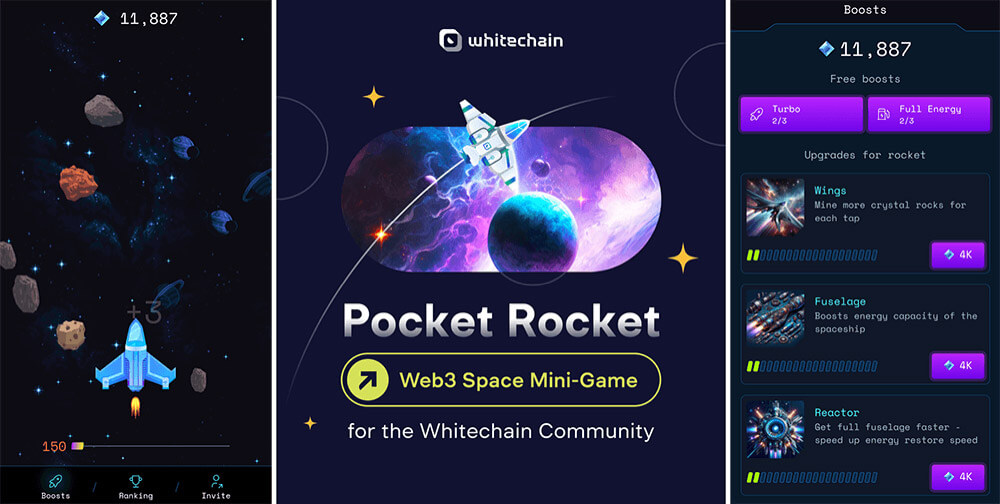
Pocket Rocket offers additional opportunities for players, allowing them to compete for special quest boxes provided by Whitechain. Successful players can earn rewards ranging from 500 to 5,555 USDT, along with unique NFTs.
This game encapsulates the benefits of the TON ecosystem and its dApps, combining gameplay enjoyment, community engagement, and earning potential.
Why TON-Powered Games Are Rising in Popularity
While enhanced development features and engaging gameplay are appealing, they are not the primary reasons for the popularity of TON games.
Games like Notcoin and Pocket Rocket foster a sense of community engagement, allowing players to join teams and collaborate through the Telegram platform.
Moreover, they play a pivotal role in promoting the growth and integration of decentralized applications. Notcoin showcases a self-sustaining economic model, while Pocket Rocket exemplifies the seamless integration capabilities across various blockchains. This highlights the flexibility of the TON network, a crucial aspect for successful dApp development.
Mentioned in this article
This rewritten article maintains the essence and structure of the original content while enhancing clarity and ensuring proper optimization with headings and subheadings.



